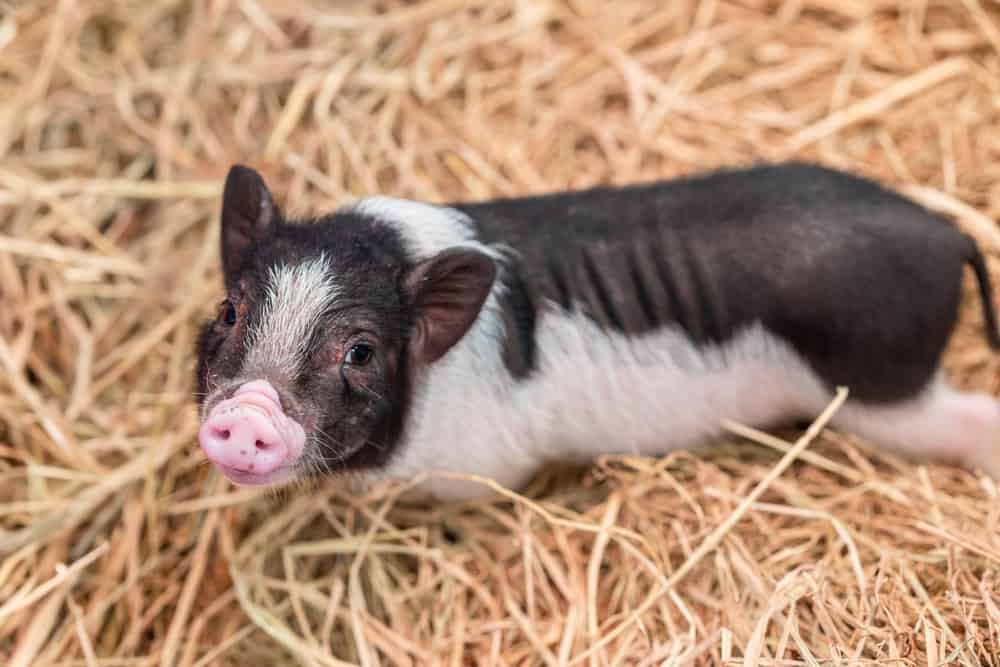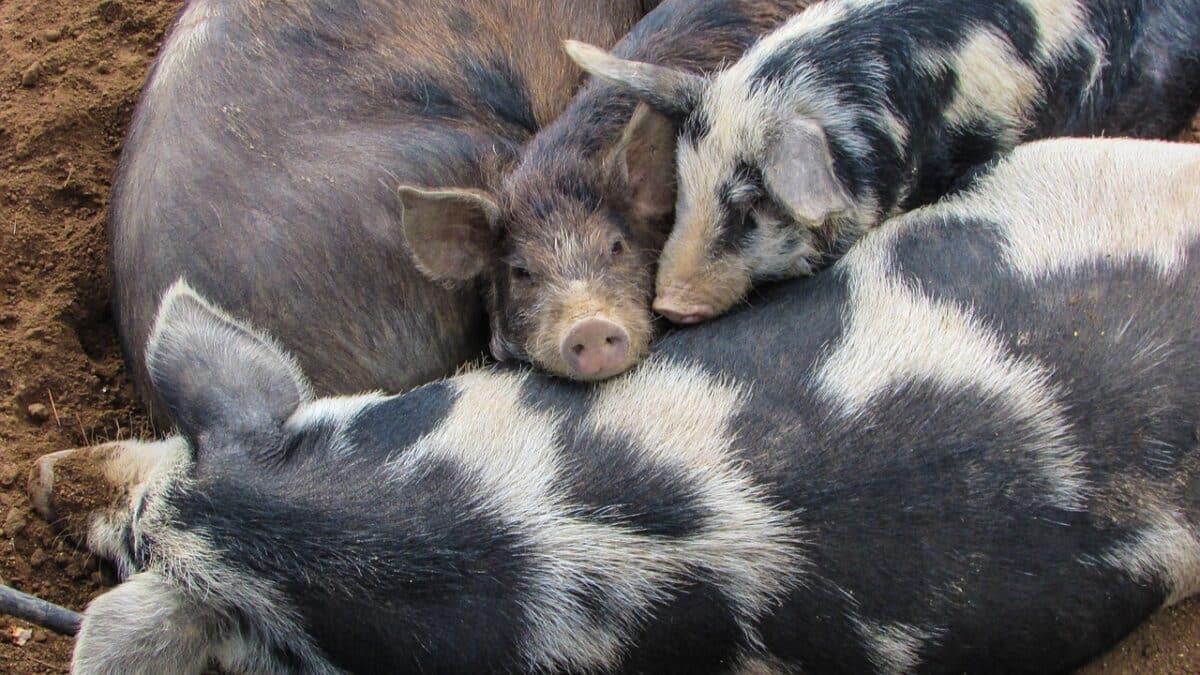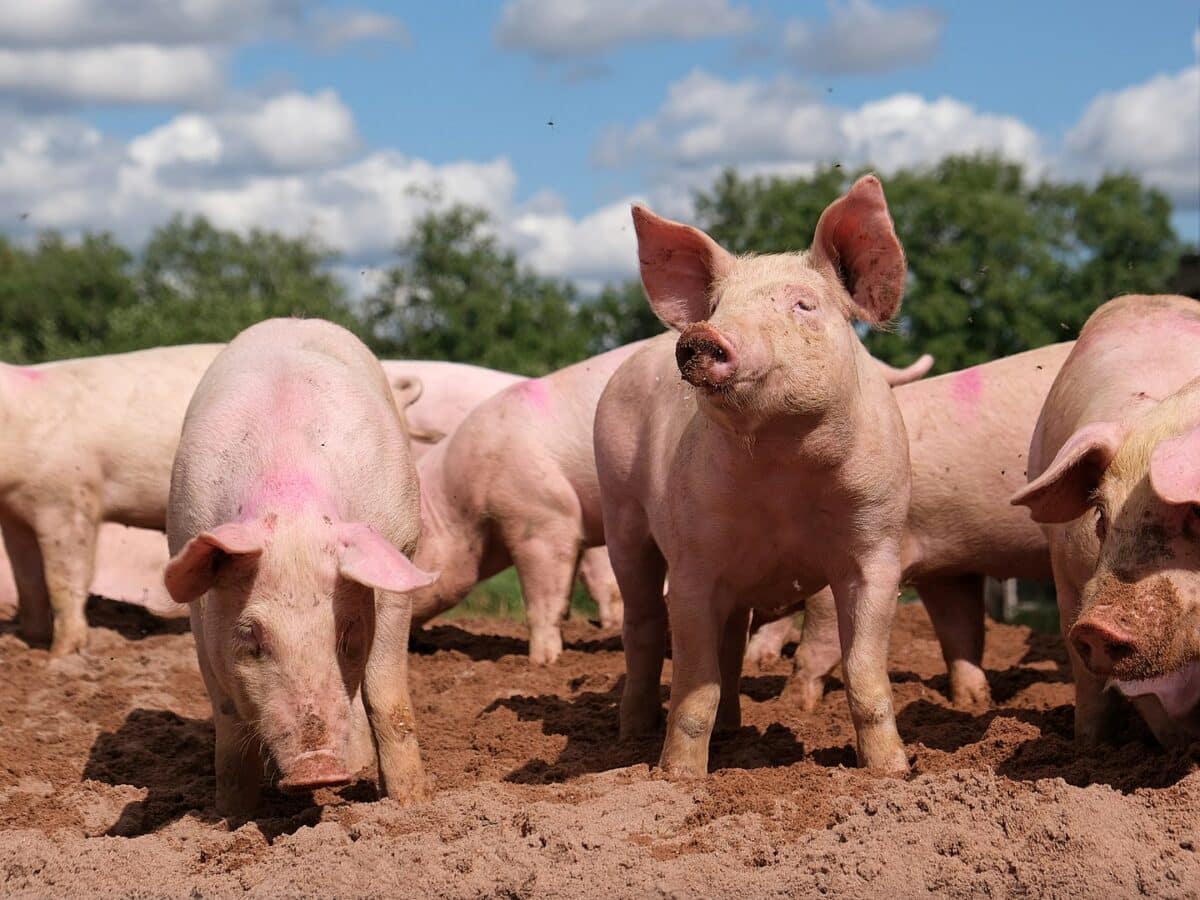Adopting a pet is a big decision and choosing the right one can sometimes be a challenge. Whether you are drawn by their amicable personalities or their undeniable intelligence, miniature pigs are captivating hearts around the world. Small enough to fit in your arms, these little pigs might just be the charming companions you’ve been searching for. Dive into our guide on miniature pigs, and learn everything you need to know about bringing one of these adorable creatures into your home.
What Are Miniature Pigs?

Miniature pigs, often referred to as mini pigs, teacup pigs, or micro pigs, are small-sized pigs bred to be smaller than traditional breeds. Not a single set breed but a collection of small pig breeds, their tiny size results from careful breeding practices that emphasize health and personality.
The History of Miniature Pigs

Miniature pigs have a fascinating history that dates back to the mid-20th century when scientists began breeding pigs for research purposes. Over time, these small pigs were recognized for their potential as pets, leading to the popular micro pig pet movement seen today.
Why Miniature Pigs Are Popular Pets

These tiny pigs are loved for their intelligence, sociability, and relatively easy care. Miniature pigs quickly learn tricks, socialize well with humans and other animals, and offer a unique pet experience distinct from dogs or cats. They are also known to form strong bonds with their owners, offering companionship like no other.
Understanding the Size of Miniature Pigs

Despite their name, miniature pigs are not as tiny as some organizations claim. They typically weigh between 50 and 150 pounds depending on their breed and lineage. It’s important for prospective owners to understand this potential size to ensure they have adequate space and resources.
The Intelligence of Miniature Pigs

Known for their remarkable intelligence, miniature pigs can be house-trained with relative ease and can learn commands much like a dog. They respond well to positive reinforcement and can even perform tricks, solve puzzles, and navigate mazes.
Miniature Pig Behavior and Socialization

Social creatures by nature, miniature pigs thrive on attention and interaction. They enjoy being part of a group and value the social structure, which is why they do well in family settings or with other pets. Regular interaction and attention are crucial to maintaining their happiness.
Diet and Nutrition for Miniature Pigs

A balanced diet is vital to the health of a miniature pig. Primarily, they require a diet of specially formulated pig pellets, along with fresh fruits and vegetables. Careful attention to their diet helps prevent obesity, which can be a common health concern in pigs.
Living Space and Environment

Miniature pigs require ample space to move and play. A home with a yard is ideal, as it provides them the opportunity to root and forage, behaviors innate to their nature. It’s also essential to ensure that their living area is secure, as these intelligent animals can be quite the escape artists.
Health Care Needs of Miniature Pigs

Like any pet, miniature pigs need routine veterinary care to monitor their health. Regular vaccinations, dental check-ups, and hoof trimming are important aspects of their health care routine. Consulting with a vet experienced in porcine care is recommended for optimal health management.
Choosing the Right Mini Pig

Adopting a mini pig requires careful selection to ensure a good match for your lifestyle. Consider the piglet’s health, temperament, and the breeder’s reputation. Adopting from a reputable breeder or rescue is crucial to ensuring you’re bringing home a healthy and well-adjusted pet.
Training Your Miniature Pig

Positive reinforcement is key when training a miniature pig. Start with simple commands like sit, stay, and come, using treats as rewards. Consistency in training sessions helps embed good behaviors and creates a strong bond between you and your pig.
Common Misconceptions About Mini Pigs

A common misconception is that miniature pigs will stay tiny forever. While advertisements often showcase tiny piglets, expect them to mature into medium-sized animals that can weigh upwards of 100 pounds. Understanding this growth potential helps in making an informed adoption decision.
The Joy of Miniature Pig Ownership

Owning a miniature pig is a rewarding experience filled with joy and companionship. These intelligent, affectionate creatures provide endless entertainment and strategic challenges that appeal to pet owners looking for a unique addition to their families.
In conclusion, adopting a miniature pig promises to be a delightful and fulfilling experience for those prepared to meet their specific needs. These charming creatures offer loyalty and affection in abundance, creating a unique bond with their owners. With proper care, miniature pigs make loving and engaging pets for those willing to embrace their unique quirks and charms.
- What Makes Bald Eagle Eyes Eight Times Stronger Than Humans’ - July 2, 2025
- Where to See Sea Turtles Nesting and Hatching in America - July 2, 2025
- The Arctic Animals That Call Alaska Home - July 2, 2025

